The Van Koppersmith Collection of Philadelphia Postal History



















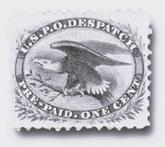
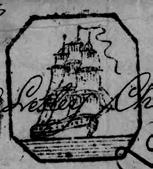

On March 28th and 29th, 2023 H.R. Harmer will be offering The Van Koopersmith Collection of Philadelphia Postal History. This collection is made up of hundreds of envelopes and letters from the 18th and 19th century and celebrates Philadelphia’s prominent place in the world at that time. Van Koppersmith is an entrepreneur and respected postal historian who has dedicated decades of his life to telling the story of the birth-place of our nation through postal artifacts. Though Mr. Koppersmith had never visited Philadelphia when he began collecting; he was immediately fascinated by the eyecatching postal markings and fascinating history these letters and envelopes hold. As a preview to this incredible collection, we put together this brochure serve as a cursory introduction to Philadelphia Postal History and the remarkable stories Mr.

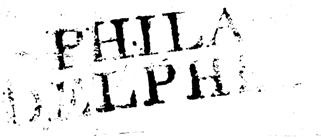
1682
1728
1787
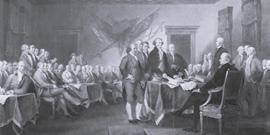
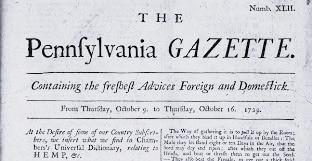
1824
1850 Population grows to 121,376
1723
1776
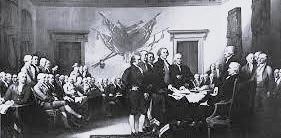
1792

1828
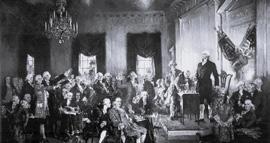
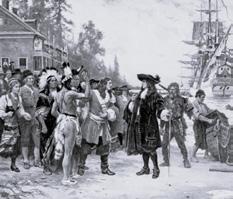
Pennsylvania Inquirer begins publication and mass distribution through the mail.
1737
1775
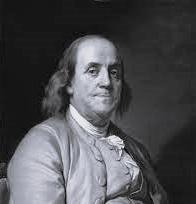
1843
1858
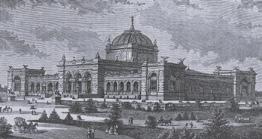

1764
1834
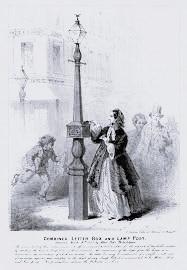

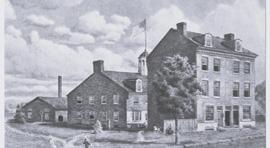
1845
1876
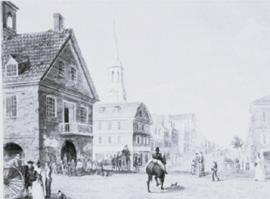 Koppersmith has assembled.
William Penn founds Philadelphia as the capital of Pennsylvania.
Benjamin Franklin, a Boston native, arrives in Philadelphia for the first time.
William Penn founds Philadelphia as the capital of Pennsylvania.
The Declaration of Independence is adopted and read to the people of Philadelphia.
The Constitutional Convention is held in Philadelphia.
The United States Mint is established in Philadelphia.
The Franklin Institute, one of the oldest sciences museums in America, is founded.
Benjamin Franklin is appointed postmaster of Philadelphia.
The first Philadelphia handstamped postmark enters use
The Second Continental Congress establishes the United States postal system with Benjamin Franklin as Postmaster General.
The iconic “Fully Rigged Ship” handstamp is applied to incoming mail for just 16 months.
The Philadelphia Despatch Post becomes the third entity in the world to issue postage stamps.
Philadelphia introduces the nation’s first handstamp for registered mail.
Albert Potts of Philadelphia patents the first cast-iron lamppost letter collection box.
The first temporary post office station is established at the Centennial International Exhibition.
Koppersmith has assembled.
William Penn founds Philadelphia as the capital of Pennsylvania.
Benjamin Franklin, a Boston native, arrives in Philadelphia for the first time.
William Penn founds Philadelphia as the capital of Pennsylvania.
The Declaration of Independence is adopted and read to the people of Philadelphia.
The Constitutional Convention is held in Philadelphia.
The United States Mint is established in Philadelphia.
The Franklin Institute, one of the oldest sciences museums in America, is founded.
Benjamin Franklin is appointed postmaster of Philadelphia.
The first Philadelphia handstamped postmark enters use
The Second Continental Congress establishes the United States postal system with Benjamin Franklin as Postmaster General.
The iconic “Fully Rigged Ship” handstamp is applied to incoming mail for just 16 months.
The Philadelphia Despatch Post becomes the third entity in the world to issue postage stamps.
Philadelphia introduces the nation’s first handstamp for registered mail.
Albert Potts of Philadelphia patents the first cast-iron lamppost letter collection box.
The first temporary post office station is established at the Centennial International Exhibition.
Given the financial woes of the United States Postal Service today, one could hardly expect the government to finance a war by raising the cost of mailing a letter. But that’s exactly what we did in 1815, when all postage rates were increased by 50% in order to help cover debts incurred during the War of 1812. Previously, a piece of mail entering the United States at the Philadelphia port would have been charged 6 cents; the letter shown here, sent in July of 1815, was assessed the new rate of 9 cents (as evidenced by the red postmark, a great rarity for collectors of Philadelphia postal history). A letter such as this, while seemingly ordinary, gives modern historians a fascinating look at how the government sought to address mounting war debts during the nation’s earliest decades.
One of the most iconic and celebrated of all American postal markings is the Full-Rigged Ship of Philadelphia, used between 1834 and 1835 on incoming mail that entered the United States at Philadelphia but was addressed to other cities. While the vast majority of postmarks from this time erred on the side of the mundane, this particular marking boldly announced its purpose: that a particular letter had been carried by ship en route to Philadelphia. Such postmark devices were typically delicate and wore out quickly; the fact that this particular letter bears such a detailed and intricate strike makes it a true gem for the connoisseur.



It is difficult to understand just how significant the Postal Act of 1845 was to the development of written communication in America. Whereas previous postage rates were obtuse, expensive, and heavily dependent on the distance a letter was to travel, the new rates that went into effect on July 1, 1845 were both cheap and simple: 5 cents for a half-ounce letter sent under 300 miles, or 10 cents if over 300 miles. The letter pictured here left England on the steamship Acadia on June 19, 1845 and arrived in Philadelphia on July 2: the day after the new rates were implemented, making this an early artifact from one of the most important eras in the history of the post.
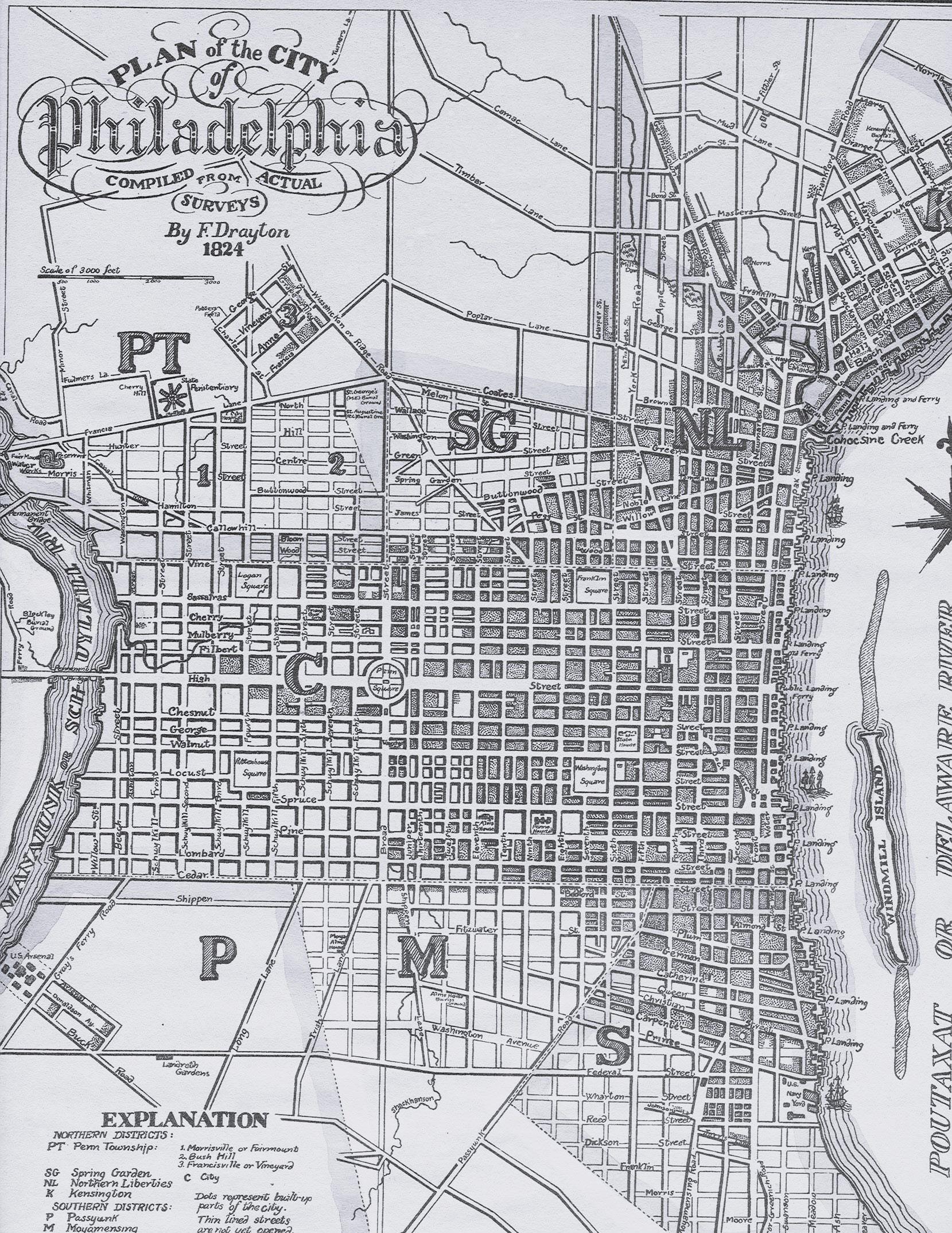
Over the last few years we have sold a number of properties containing high-quality Philadelphia postal history, and the hammer prices have demonstrated that this is a city with an active and dedicated following. Below are just a few of the attractive and important items which have passed through our hands recently.


Harmer very quickly became synonymous with high-quality philatelic auctions in our namesake’s native Great Britain. By 1940 it was time for the company to branch out, and a satellite office was opened across the Atlantic in New York City.



H.R. Harmer first rose to prominence in the United States when our firm was selected to sell the collection of the late President Franklin Delano Roosevelt. These auctions were front-page news even in the non-philatelic press, as never before had the stamp collection of such a beloved public figure been made available to collectors.
Over the coming decades, H.R. Harmer would go on to sell two of the most comprehensive and valuable collections ever to cross the auction block—those of Alfred H. Caspary and Alfred F. Lichtenstein, both of which would set new high-water marks in the industry. And, since 2019, H.R. Harmer has been selling the collection of German businessman Erivan Haub—a series of auctions which has once again placed H.R. Harmer at the forefront of the philatelic world. Today, led by a young and enthusiastic team, H.R. Harmer is still dedicated to providing collectors with the same professional service and philatelic expertise that our company was founded upon all those decades ago.
 “The Arms of the Keystone State” Hammer Price: $1,150
“Wells, Fargo & Co., Agent of Pony Express” Hammer Price: $16,000
15L1, Philadelphia Despatch Post, 1842 3c Red Hammer Price: $35,000
LO1, 1851 (1c) Dull blue on Rose Hammer Price: $45,000
“The Arms of the Keystone State” Hammer Price: $1,150
“Wells, Fargo & Co., Agent of Pony Express” Hammer Price: $16,000
15L1, Philadelphia Despatch Post, 1842 3c Red Hammer Price: $35,000
LO1, 1851 (1c) Dull blue on Rose Hammer Price: $45,000